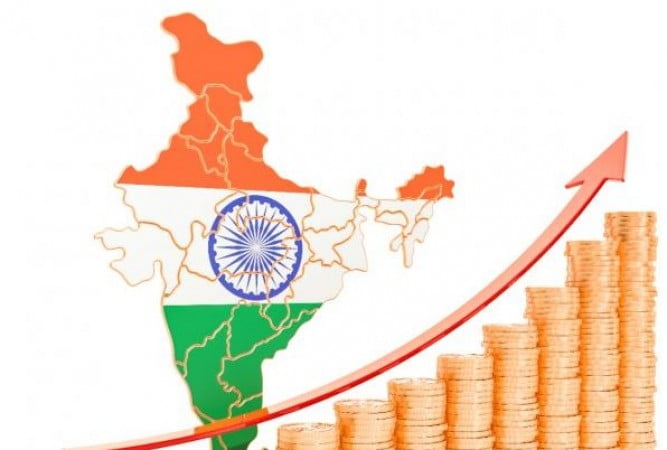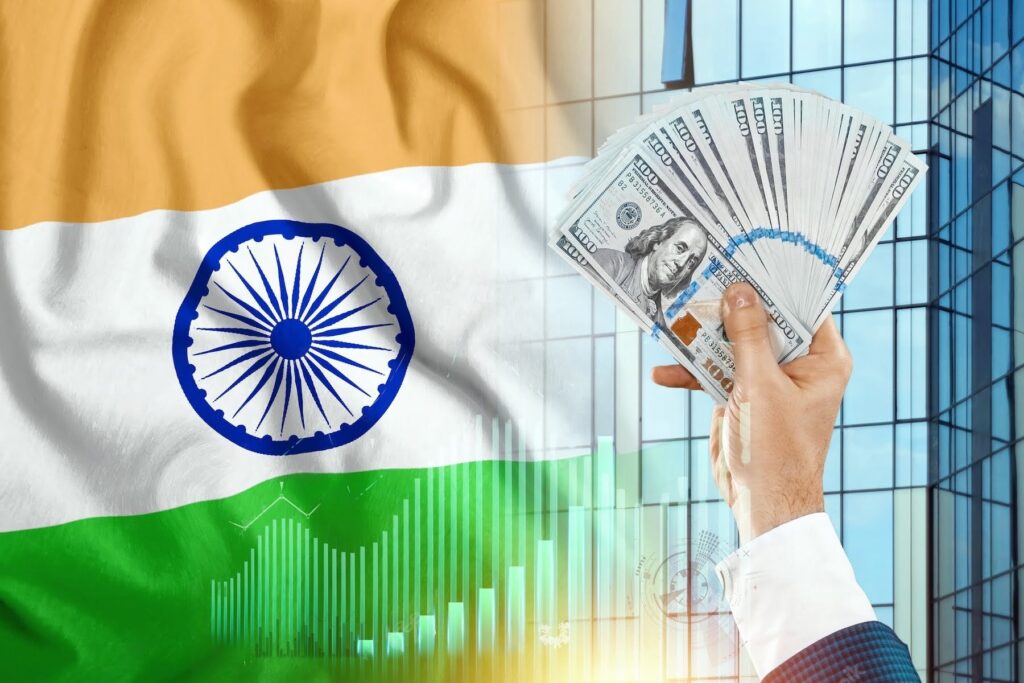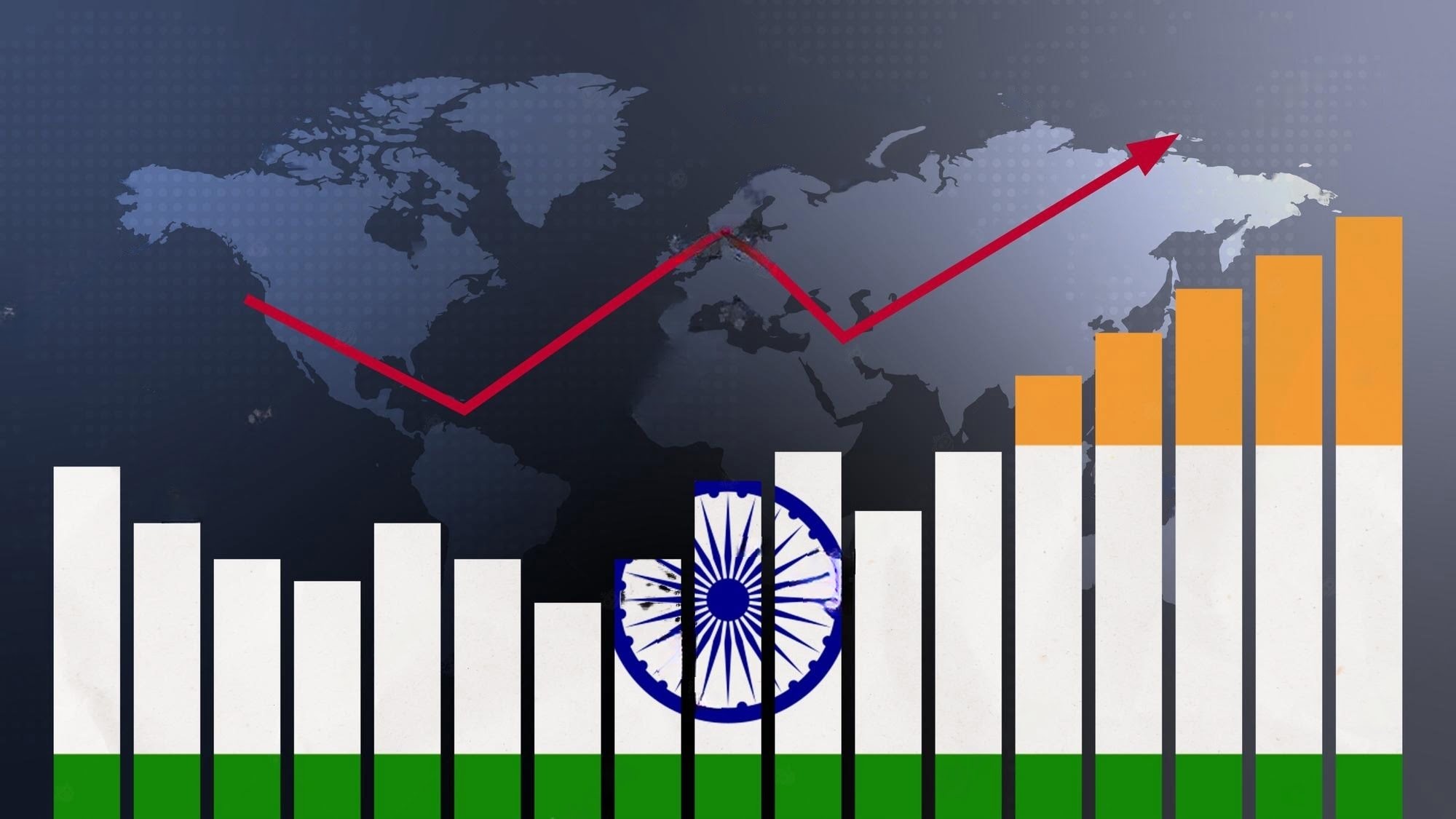Economic Reforms in India
The New Economic Policy of 1991 marked a shift from a controlled system to a more liberalized approach, encouraging private sector participation, foreign investment, technological innovation, and agricultural modernization. These reforms aimed to boost productivity, control inflation, address the balance of payments, and foster sustainable development.
Economic Reforms in India
Read More: Economic Planning in India
Economic Reforms in India
Meaning of Economic Reforms in India
Dr. C. Rangarajan, the former Governor of the Reserve Bank, characterizes the economic changes initiated in July 1991 as a set of policy measures aimed at improving the efficiency of the economy. The overarching objective of these measures is to cultivate a more competitive environment, thereby driving enhancements in productivity and overall efficiency.
Economic Reforms in India
In simpler terms, the new economic reforms highlighted the principles of liberalization, privatization, and globalization. The objective was to diminish unnecessary economic controls, elevate the significance of the private sector, and draw foreign capital investments into India. The primary aim of these reforms is to improve competitiveness and efficiency within the economic landscape. Privatization, liberalization, and globalization are seen as drivers, promoting increased efficiency through heightened competition.
Economic Reforms in India
Read More: Problem of Poverty in India

Objectives of the New Economic Policy (1991)
Objectives of the New Economic Policy (1991)
- Liberalization: The primary objective of the New Economic Policy (NEP) of 1991 was to usher in a liberalized economic environment. This involved reducing government intervention and allowing market forces to play a more significant role in shaping the economy. Liberalization aimed at fostering competition, efficiency, and innovation across various sectors.
- Privatization: Another key objective was the privatization of state-owned enterprises. The NEP sought to disinvest from non-strategic sectors, encouraging private ownership and management. This initiative aimed to enhance the efficiency and performance of industries by introducing market-driven practices.
- Globalization: The NEP aimed to integrate the Indian economy into the global economic landscape. Opening up the economy to international trade and investment was seen as a strategic move to attract foreign capital, technology, and expertise. Globalization aimed to make Indian industries more competitive on a global scale.
- Stabilization of the Economy: A crucial objective was the stabilization of the Indian economy. This involved addressing issues such as fiscal deficits, balance of payments problems, and inflation. The NEP aimed to implement measures to achieve macroeconomic stability and restore confidence in the Indian economy.
- Encouraging Foreign Direct Investment (FDI): The policy sought to attract foreign direct investment (FDI) by relaxing restrictions and providing a more conducive environment for international investors. The influx of foreign capital was expected to contribute to economic growth, technological advancement, and employment generation.
Need for Economic Reforms
- Fiscal Deficit: Before 1991, the government grappled with a growing fiscal deficit, which reached 8.4 percent of the GDP in 1990-91 due to a surge in non-developmental expenditure. The continuous rise in the fiscal deficit necessitated increased borrowing, leading to escalating government debt and interest payments. By 1990-91, a substantial 36.4 percent of the Central Government’s total expenditure was allocated to interest payments. International institutions, including the World Bank and the International Monetary Fund, lost confidence in the government’s financial position, prompting the need for a new economic policy to address the fiscal deficit.
- Increase in Adverse Balance of Payments: India faced a growing imbalance in its balance of payments, primarily due to sluggish export growth and a rapid increase in imports. Despite concessions for exporters, the country struggled to compete internationally due to inferior product quality. The balance of payments deficit soared from ₹2,214 crores in 1980–81 to ₹17,367 crores in 1990–91. The persistent imbalance necessitated a new economic policy to address the structural issues hindering export growth.
- Reduction in Foreign Exchange Reserves: By 1990-91, India’s foreign exchange reserves were precariously low, barely covering two weeks’ worth of imports. Resorting to pledging gold reserves to secure foreign exchange highlighted the severity of the crisis. To secure loans from international institutions, the government had to adopt the liberal policy advocated by these institutions.
- Increase in Prices: Inflation surged, reaching an annual average of 10.3 percent in 1990-91. Despite favorable monsoons, food prices escalated, straining the economic condition of the country. The rising inflationary pressure underscored the urgency of replacing the existing economic policy.
- Poor Performance of Public Sector Undertakings: The proliferation of public sector enterprises from 5 in 1951 to 246 in 1990-91 came with challenges. Despite substantial investments, many of these enterprises began incurring losses, necessitating a reassessment of the economic policy to address the poor performance of these entities.
Read More: Main Features of the Indian Economy

Main Features of Economic Reforms
Economic reforms, initiated in the early 1990s, brought about transformative changes in India’s economic landscape. Three key pillars of these reforms — liberalization, privatization, and globalization — have played a pivotal role in shaping the nation’s growth trajectory.
Main Features of Economic Reforms
Read More: Meaning and Features of Underdeveloped Economy
1. Liberalization
Liberalization marked a departure from the era of strict government controls. The government dismantled barriers, allowing businesses more freedom to operate. Licensing requirements were relaxed, fostering a more competitive business environment. This shift encouraged efficiency, innovation, and increased productivity. Liberalization not only liberated the potential of existing businesses but also paved the way for the entry of new players, injecting dynamism into various sectors.
Read More About – Liberalization
Main Features of Economic Reforms
2. Privatization
Privatization was a strategic move to reduce the government’s direct involvement in businesses. State-owned enterprises, often plagued by inefficiency, found new life as the private sector took charge. The objective was not merely to transfer ownership but to infuse a sense of accountability and efficiency. Privatization aimed to streamline operations, improve services, and enhance overall economic performance. It led to the emergence of vibrant industries driven by market forces.
Read More About – Privatization
Main Features of Economic Reforms
3. Globalization
Globalization broke down barriers and connected India to the global economy. Embracing international trade and investment, the country became an integral part of the global marketplace. This shift opened avenues for businesses to access wider markets and facilitated the flow of technology, ideas, and capital. While exposing the economy to global competition, globalization also brought in opportunities for growth, collaboration, and the sharing of best practices.
In essence, these economic reforms were not just policy changes; they were a fundamental shift in approach, propelling India into an era of economic dynamism and global relevance. The combined impact of liberalization, privatization, and globalization continues to shape the nation’s economic landscape, fostering innovation, competition, and sustainable growth.
Main Features of Economic Reforms
Read More About – Globalization
FAQ on Economic Reforms in India
What is meant by Economic reforms?
The Economic reforms underscored the principles of liberalization, privatization, and globalization. These reforms sought to diminish unnecessary economic controls, promote the private sector, and attract foreign capital investment into the country.
Who introduced Economic reforms?
Dr. P.V. Narasimha Rao
What are the main Objectives of the New Economic Policy?
- Liberalization: The primary objective of the New Economic Policy (NEP) of 1991 was to usher in a liberalized economic environment.
- Privatization: Another key objective was the privatization of state-owned enterprises.
- Globalization: The NEP aimed to integrate the Indian economy into the global economic landscape.
- Stabilization of the Economy: A crucial objective was the stabilization of the Indian economy.
- Encouraging Foreign Direct Investment (FDI): The policy sought to attract foreign direct investment (FDI) by relaxing restrictions and providing a more conducive environment for international investors.
What are the three benefits of economic reforms in India?
Economic reforms in India, marked by liberalization, privatization, and globalization, have yielded transformative benefits. They unleashed economic dynamism, attracting foreign investment and fostering innovation. The reforms streamlined industries, boosted efficiency, and elevated India's global standing, creating a conducive environment for sustainable growth and development.
What are the Main features of Economic reforms in India?
- Liberalisation.
- Privatisation.
- Globalisation.


[…] Read More: Economic Reforms in India […]
[…] Read More: Economic Reforms in India […]